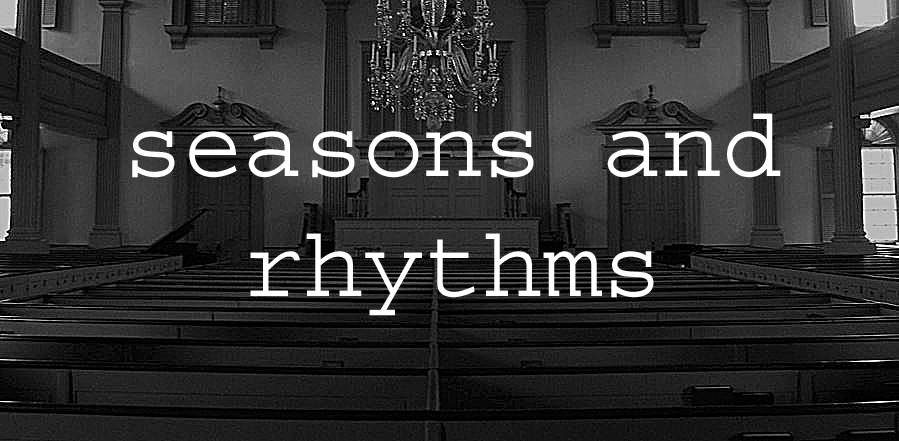Two Unseen Benefits of Being an Established Church

Sam Rainer
The “established” side of the established church is often viewed with some derision. I certainly understand why. The establishment can be stodgy, stuck, and stuffy. Being established, however, is what you make it. The establishment can also be advantageous for churches. Two benefits, in particular, are worth noting: seasons and rhythms. You don’t necessarily see these benefits. There is no instant gratification of a season or rhythm. They simply exist, but seasons and rhythms are both important to church health.
Seasons. Seasons are distinct, but marked by slow changes. Spring moves to summer, summer to fall, and fall to winter. Each season is distinct from the other, but the transition between them is marked by weeks, not hours. They move slowly in and out of each other. The established church has similar seasons. I pastored a church in an area that had a modified year-round school calendar. All our families vacationed during the same six-week period in the summer, so we didn’t plan big initiatives during that time. I now pastor in an area with a lot of snowbirds. January and February are by far our most significant months. When we want to launch something new, we’ll look at those two months. Most all churches have some seasons. For example, even new churches should have a budgeting season every year.
Rhythms. Rhythms are weekly (sometimes monthly) patterns of the people in your church. The weekly rhythm of my church includes Sunday morning worship and Wednesday evenings. We expect people to gather twice weekly. Many do. Even mundane things like meetings can become part of the rhythm. I’ve often heard church leaders lament, “We don’t need to meet for the sake of meeting.” That makes sense. But what if meetings are part of the natural rhythm of your church? Rather than disrupting the natural patterns in your church, use them! Give them a purpose. It’s much easier to go with the flow and steer people in that flow than to get everyone into an entirely new pattern.
Every new church will either die or become established. You don’t stay a church plant forever. Most new churches begin a process of becoming established around the 10-year mark, if not a little earlier. Church plants that don’t plan for becoming established will haphazardly create both seasons and rhythms. In fact, I believe some church plants struggle after the first few years simply because they can’t get established with seasons and rhythms.
Church planters who intentionally shape both seasons and rhythms during the first few formative years have a much better chance of creating a sustaining and healthy culture. Remember, the goal of leading a church is to shepherd a congregation to make disciples until Jesus comes back. Church leaders must have a long term vision. Seasons and rhythms help sustain churches for generations.







I did not know that most churches become established around the 10 year mark. My husband and I have been thinking about joining a church. Should we seek to find one that has been around longer than 10 years? We would hate to join and then have it fall apart.